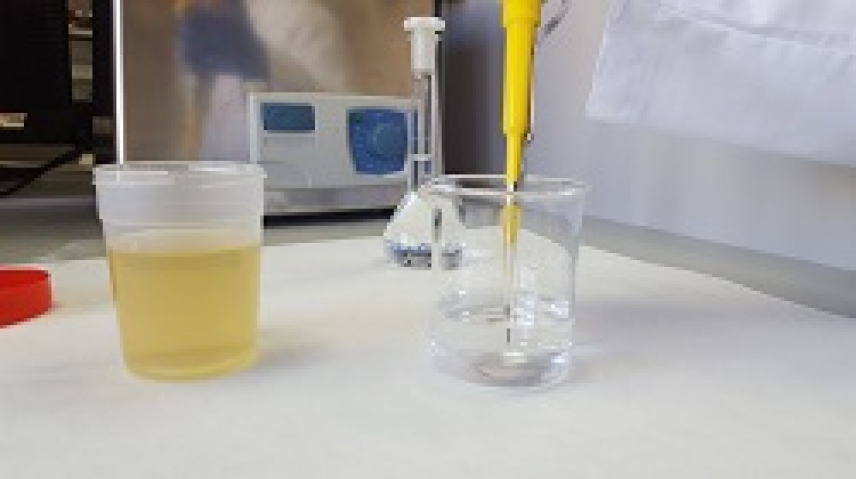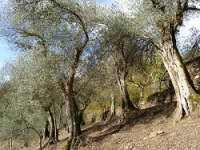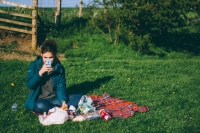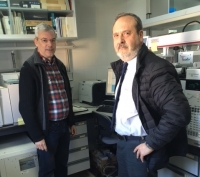Comments on social networks also reinforce socialization during adolescence
Escrito por UCC+iWithout overlooking the risks of using social networks in adolescence, a study analyzes little known information about cybergossiping among high school students
Cybergossiping occurs when two or more people make evaluative comments on a digitial device about a third person who is not present. This kind of online behavior is common among adolescents when they are instant messaging and on social networking sites. Cybergossiping directly impacts the group, and can just as easily foster as damage the quality of the relationships among its members.
A tool based on the use ofcarbon nanoparticles enables detection of antidepressants in urine samples
Escrito por UCC+iThe test can be used to monitor therapeutic dosages, for cases of intoxication due to overdose or at a forensic level
A University of Cordoba research group has designed a tool that enables detection of antidepressants in urine samples in low concentrations. This new method is based on the developmentof a new material, based on carbon nanotubes, on the inside of pipette tips, the kinds that are normally used in analysis laboratories.
A scientific study characterizes two new Galician olive varieties for the first time
Escrito por UCC+iThe research, done in collaboration with the University of Cordoba, recognizes the potential and high quality of these olive oils
Olive oil is a key element and one of the main sources of fat in the Mediterranean diet. Olive oil is remarkable for its nutrients and Spain has the honor of being the number one producer of this “liquid gold.” Though most Spanish olive oil production takes place in Andalusia, over the last few years other regions within Spain have begun to produce high quality olive oil, using their own varieties native to those regions.
The social media are undermining young people’s self-esteem
Escrito por UCC+iA study by the University of Córdoba shows how use of the social media by young people adversely affects their self-perception of body image, and links this phenomenon to eating disorders
The social media are part of our everyday lives, enabling new methods of communication, improved access to information and even the development of new working strategies, in a range of fields including education. Yet the use – or abuse – of social media has also given rise to a number of problems, particularly among the most exposed sectors of the population.
How do African air masses influence olive-pollen allergy levels?
Escrito por UCC+iA study by researchers at the University of Córdoba shows how the arrival of African air masses at high altitudes affects olive-pollen transport in Andalusia
Olive pollen is amongst the most widespread airborne pollens in southern Europe; its frequency, coupled with an intense flowering regime, gives rise to a high incidence of allergies.Research into the factors governing airborne pollen counts and their behaviour is increasingly playing a key role in improving the quality of life of those sensitive to olive -pollen allergens.
Researchers analyse the effect of C02pressure on the aroma of sparkling wines
Escrito por UCC+iAn UCO research team is studying the effect of carbon dioxide pressure on yeast metabolism during the second fermentation of sparkling wines
During alcoholic fermentation, yeasts turn sugar into ethanol and CO2gas. The gas forms the small bubbles which distinguish sparkling wines from “still” wines. High-quality sparkling wines are made using the traditional method, which requires a second alcoholic fermentation of a base wine – to which sugar and yeasts are added – in sealed bottles, followed by an interval of ageing in contact with yeast lees. This method was first described by the Benedictine monk Dom Pierre Pèrignon (1638-1715). When sugar is added to a wine and a second fermentation is carried out in an open container, the C02 produced is released into the atmosphere; however, when the second fermentation is carried out in a sealed container or bottle, the CO2overpressure released affects yeast metabolism.







